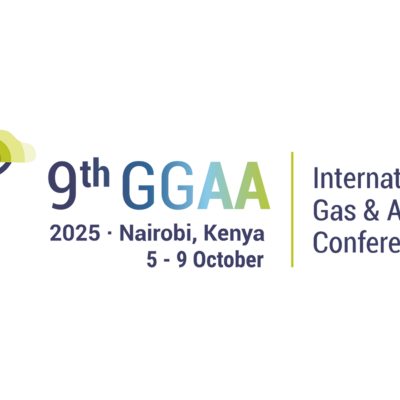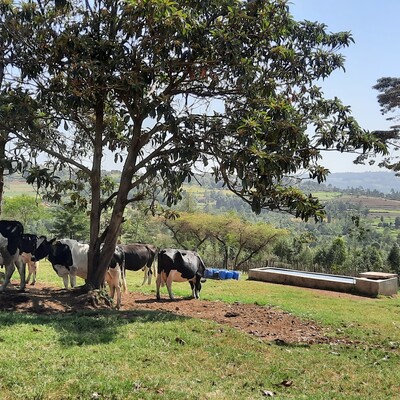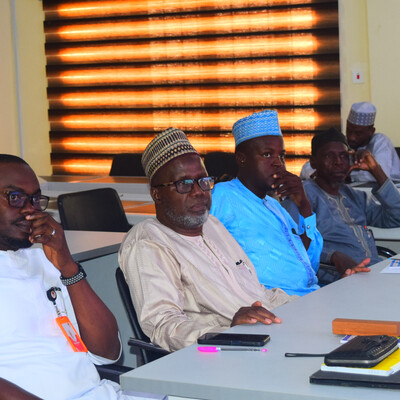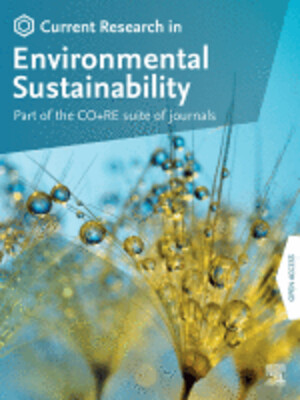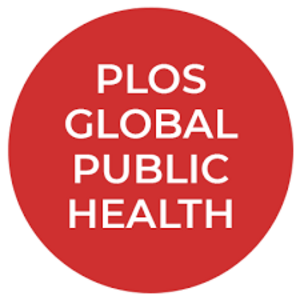
Environmental externalities and greenhouse gas emissions from water pans and bomas in pastoral systems
IHE Delft Institute for Water Education, Karlsruhe Institute for Technology, and ILRI’s Mazingira Centre join forces to study the role of water pans and bomas in pastoral systems
On Oct 25, Gretchen Gettel and Tibor Stigter from IHE Delft arrived at the Mazingira Center in Nairobi. Together with Klaus Butterbach-Bahl from Karlsruhe Institute for Technology (KIT), and Mazingira scientists Sonja Leitner and Claudia Arndt, they are supervising research on environmental externalities and greenhouse gas emissions from water pans and bomas in pastoral systems. The research will be conducted by two MSc students from IHE Delft, Ivan Mulondo and Oswald Omuron, ILRI PhD student Collins Muhadia, and ILRI postdoc Victor Odipo. The research will be conducted over one year until the end of 2022 to ensure that seasonal differences are captured.
 Chamber base of a floating flux chamber to measure greenhouse gas emissions from water pans. To measure the emissions, the chamber base is closed with an air-tight lid for 5-10 minutes, and gas is pumped to a mobile laser absorption spectrometer that measures the change in gas concentration over time.
Chamber base of a floating flux chamber to measure greenhouse gas emissions from water pans. To measure the emissions, the chamber base is closed with an air-tight lid for 5-10 minutes, and gas is pumped to a mobile laser absorption spectrometer that measures the change in gas concentration over time.
The team visited the research locations at ILRI’s Kapiti Research Station and Wildlife Conservancy in Machakos County and in Taveta in Taita-Taveta County, where they selected study sites and trained students in field sample collection. Students will estimate nutrient cycling and biogeochemistry of waterholes, and track sources of fecal contamination. This is especially relevant because water pans often serve as drinking water sources for humans, livestock, and wildlife, which bears a high risk of disease transmission if water contaminated with fecal pathogens is consumed. In addition, the students will measure runoff (superficial water flow) from bomas (livestock enclosures) and how it contributes to spreading nutrients and fecal pathogens into the environment, which then ultimately end up in water bodies. Also, since both bomas and waterholes are suspected greenhouse gas (GHG) emission hotspots, they will measure emissions of carbon dioxide, methane, and nitrous oxide from water pans using floating GHG flux chambers, and from bomas and surrounding savanna soils using static chambers. And to better understand the importance of bomas and waterholes at the landscape level, this work is complemented by drone flight campaigns to characterize and map the selected bomas and water pans and to monitor changes in water levels with seasons. These data help to extrapolate results and to understand the magnitude of GHG fluxes and their importance for ecosystem nutrient cycling and GHG budgets. As outcome, the researchers expect to better understand environmental externalities and GHG emissions associated with water pans and bomas and the role they play for nutrient cycling and human and animal health within pastoralist systems in East Africa.
 Setup to simulate rainfall and measure runoff in the field (small table structure and funnel on the soil in the center of the picture). This setup is used to mimic a rainfall event of known size and to collect the surface water runoff. This helps the researchers to understand how nutrients and pathogens are washed from bomas into the environment.
Setup to simulate rainfall and measure runoff in the field (small table structure and funnel on the soil in the center of the picture). This setup is used to mimic a rainfall event of known size and to collect the surface water runoff. This helps the researchers to understand how nutrients and pathogens are washed from bomas into the environment.
This research is part of the ESSA project (Earth observation and environmental sensing for climate-smart sustainable agro-pastoralism ecosystem transformation in East Africa) that investigates pastoral systems of different degradation statuses to improve our understanding of ecosystem processes, water cycling, pastoralism, and livelihood diversification.
 Dried-out water pan in Mwakitale, Taita Hills region, Kenya.
Dried-out water pan in Mwakitale, Taita Hills region, Kenya.
Disclaimer: This Blog was created with the financial support of the European Union. Its contents are the sole responsibility of ILRI and do not necessarily reflect the views of the European Union.







